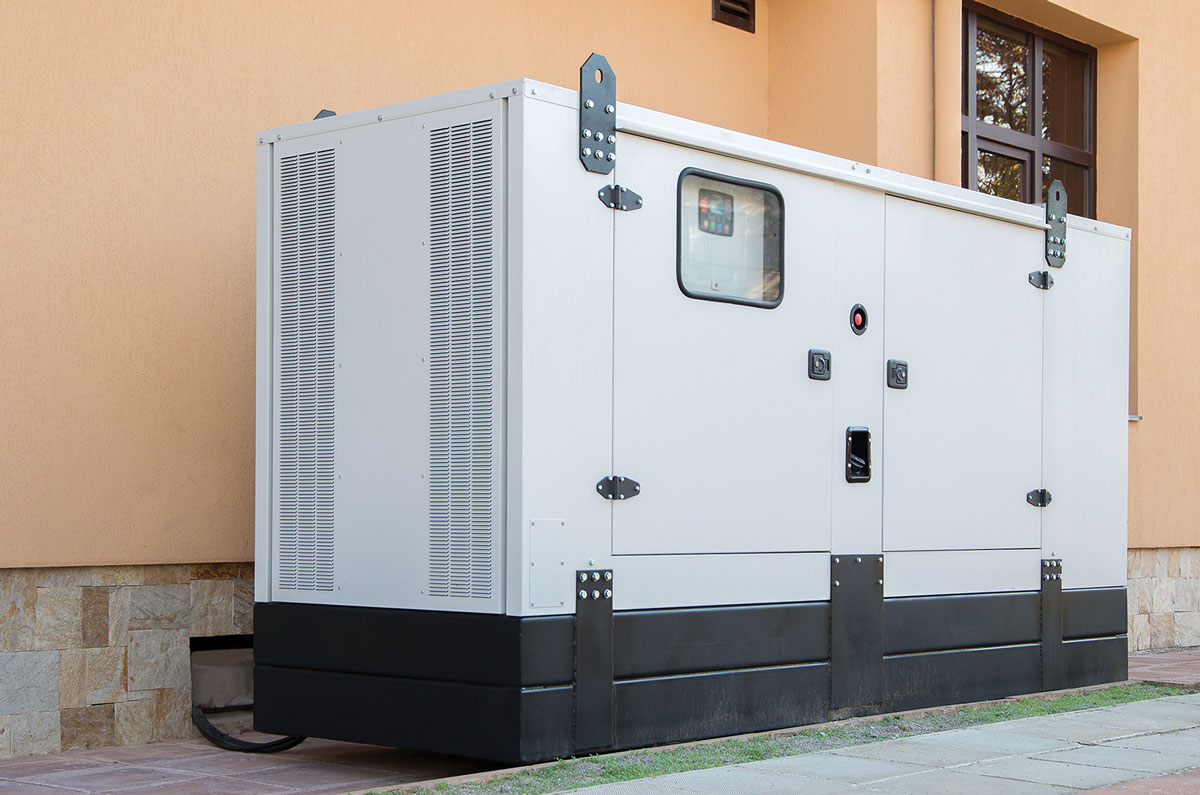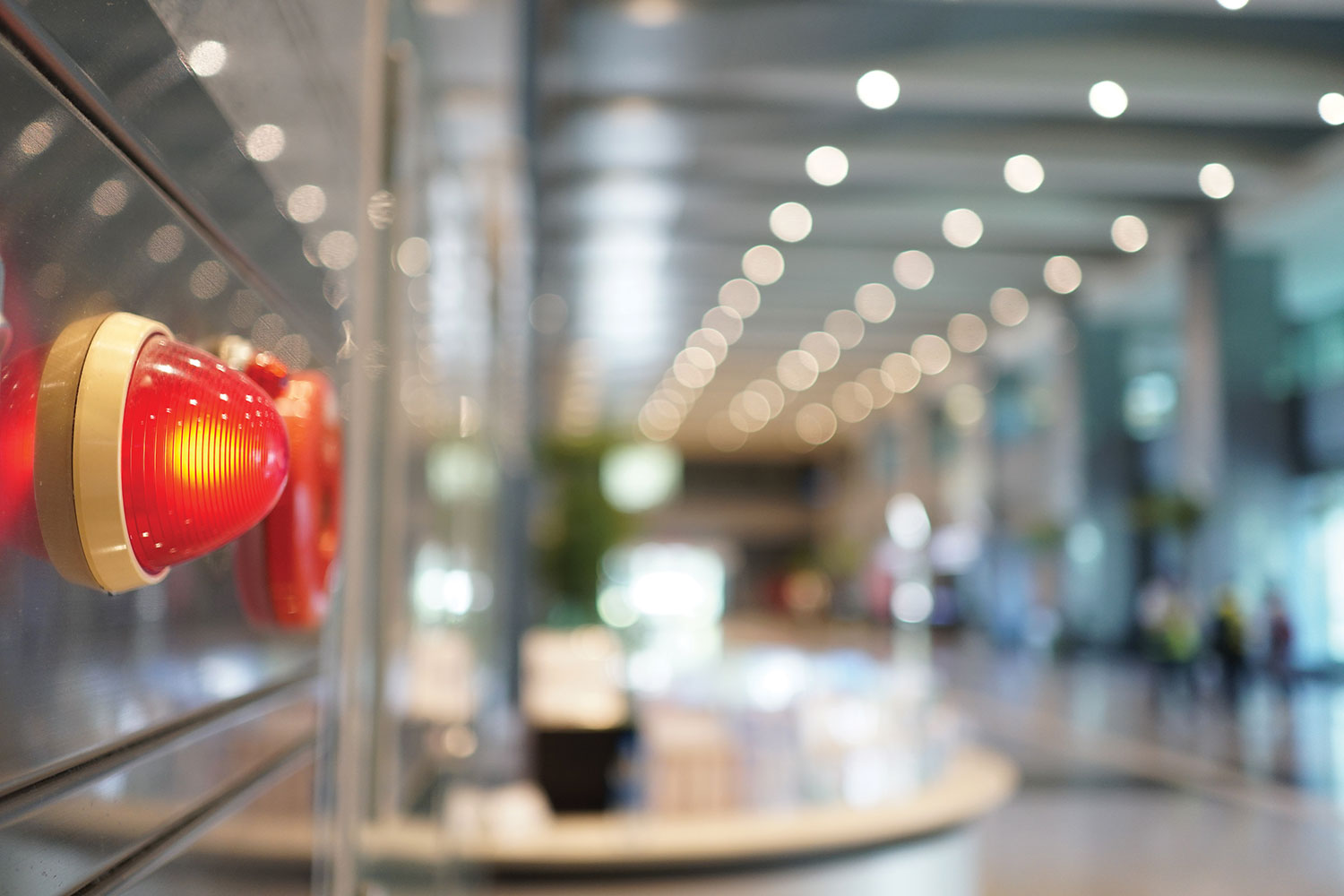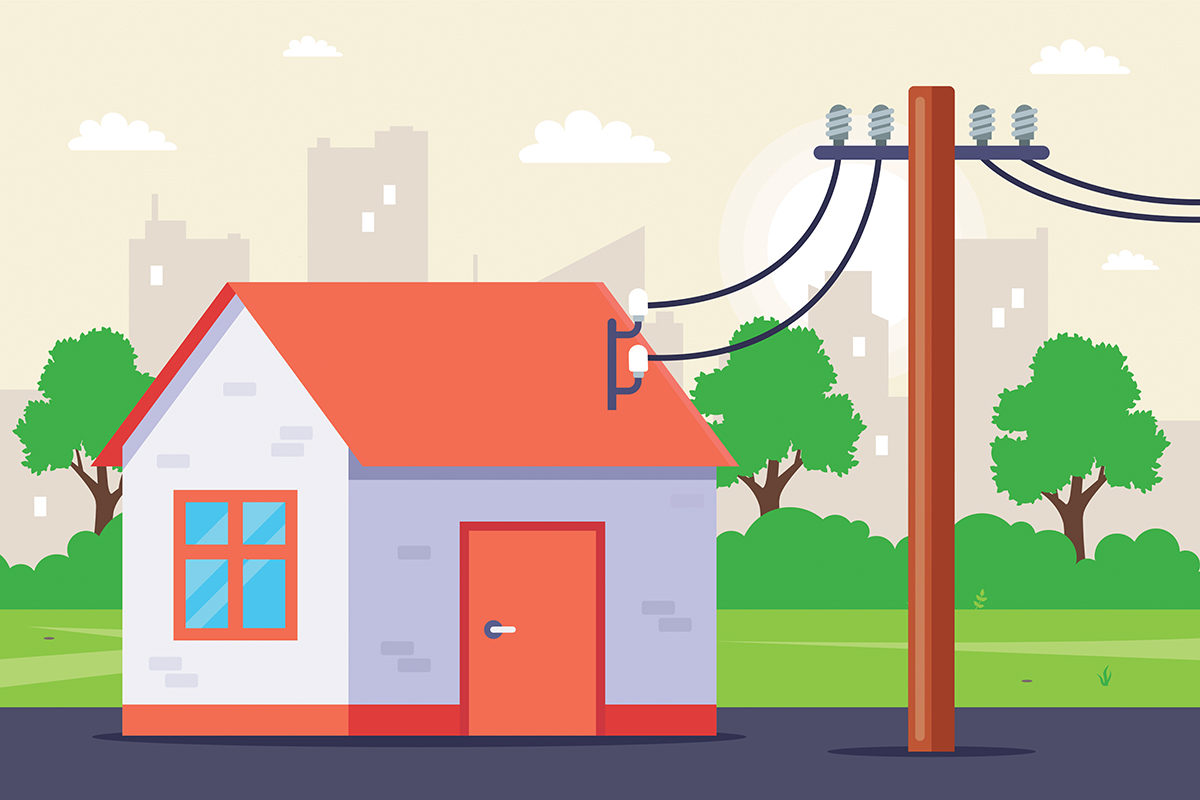I’m encouraged by the feedback from the readers on my articles related to electrically connected life safety systems.
This article contains a compilation of questions regarding electrical equipment in service rooms and provides answers based on the relevant requirements of the National Building Code of Canada (NBC) and the Canadian Electrical Code, Part I (CE Code).
It should be noted that the 2015 edition of the NBC and 2021 edition of the CE Code are used in this article for reference purposes.
Question 1
Are panelboards always required to be in service rooms?
Answer to question 1: “NO.” Except for Sentence 3.6.2.1.(6) of the NBC, which states the following:
“3.6.2.1.(6) Electrical equipment that is required to be located in a service room according to CSA C22.1, Canadian Electrical Code, Part I, shall be installed in a service room separated from the remainder of the building by a fire separation having a fire-resistance rating not less than 1 h.”, the NBC does not have any specific restrictions limiting the installation of panelboards or other electrical equipment to services rooms only. Panelboards are routinely installed on floor areas of a building, and service rooms for electrical equipment are utilized by electrical designers for the convenience of operation and maintenance of electrical equipment.
Of course, when a life safety distribution or utilization equipment (e.g., equipment for smoke control and smoke venting, fire pump equipment, fire fighters’ elevator equipment, etc.) is installed in a building or where certain electrical equipment containing dielectric liquid is installed in a building, it must be located in fire-rated service rooms – to assure operation of this equipment under exposure to fire. (See answers to questions 2 and 3 below.)
Question 2
Are service rooms containing electrical equipment always required to be fire rated?
Answer to question 2: “NO.” The NBC mandates that only the life safety distribution and utilization of electrical equipment, which is connected from the emergency power supply source by conductors required by Article 3.2.7.10. to be protected against exposure to fire, must be in fire-rated service rooms. Sentence 3.2.7.10.(1) of the NBC states the following:
“3.2.7.10.(1) The protection of electrical and emergency conductors referred to in Clauses (a) to (c) shall conform to the requirements stated in Sentences (2) to (11):
a) electrical conductors located within buildings identified in Article 3.2.6.1. serving
i) fire alarms,
ii) emergency lighting, or
iii) emergency equipment within the scope of Articles 3.2.6.2. to 3.2.6.8.,
b) emergency conductors serving fire pumps required to be installed under Article 3.2.5.18., and
c) electrical conductors serving mechanical systems serving
i) areas of refuge identified in Clause 3.3.3.6.(1)(b), or
ii) contained use areas identified in Clauses 3.3.3.7.(4)(a) and (b).”
Article 3.2.7.10. of the NBC explains the extent of fire protection of these emergency conductors and clarifies that If the distribution panel and the utilization equipment it serves are within the same room, only the electrical conductors leading up to the distribution panel need to be protected. It is assumed that the distribution panel and the equipment it serves are within sufficient proximity to each other such that a fire in the same area of origin would affect both. This NBC article also explains that to ensure continuous operation of the fire alarm and voice communication systems in a high-rise building for a sufficient duration of time to control and direct the evacuation of building occupants, a level of protection is required for those electrical conductors interconnecting the major elements of the fire alarm system. As such, it permits the protection of electrical conductors to be waived for portions connecting a transponder or fault isolation device to fire alarm input devices (fire detectors, manual stations, etc.) or a voice communication transponder to a fire alarm audible signaling device, provided all circuits or portions of the circuits are contained within the same story. It should be noted that a few of my earlier articles were dedicated to the protection of electrical conductors against exposure to fire.
Question 3
Is certain electrical equipment required to be in the fire-rated service room by the CE Code?
Answer to question 3: “YES.” The CE Code recognizes that only dielectric liquid-filled equipment must be located in an electrical equipment vault or a fire-rated service room. Rule 26-010 of the CE Code states the following:
“26-010 Dielectric liquid-filled equipment — Indoors (see Appendices B and G)
1) Except as permitted in Subrule 5), dielectric liquid-filled electrical equipment containing more than 23 L of liquid in one tank, or more than 69 L in a group of tanks, shall be located in an electrical equipment vault.
2) Except as permitted in Subrule 4), dielectric liquid-filled electrical equipment containing 23 L of liquid or less in one tank, or 69 L or less in a group of tanks, shall be
a) installed in a service room conforming to the requirements of the National Building Code of Canada;…”
However, besides this specific criterion, the CE Code does not impose any requirement for the location of electrical equipment in service rooms.
Question 4
Are life safety and non-life safety panelboards allowed to be in the same service room?
Answer to question 4: “YES.” Except for the requirements related to the installation of the emergency generator (see the answer to question 5), the NBC does not have any restrictions for locating life safety and non-life safety equipment in the same service room.
Question 5
Is life safety distribution equipment allowed to be in the service room containing an emergency generator?
Answer to question 5: “NO.” Article 3.6.2.8. of the NBC states the following:
“3.6.2.8. Emergency Power Installations
1) Where a generator intended to supply emergency power for lighting, fire safety, and life safety systems is located in a building, except where such building is used solely for the purpose of housing the generator and its ancillary equipment, it shall be located in a room that
a) is separated from the remainder of the building by a fire separation having a fire-resistance rating not less than 2 h, and
b) contains only the generating set and equipment related to the emergency power supply system. “
Respectively, Clauses 5.1 and 5.2 of the CSA standard C282 for emergency electrical power supply for buildings clarify what constitutes the emergency power supply equipment and where such equipment must be located (see immediately below):
“5 Emergency electrical power supply system
5.1
The emergency electrical power supply system shall consist of all of the equipment and systems necessary to supply reliable electrical power, including the following:
a) the engine generator set, which can include an auxiliary supply tank;
b) the lockable disconnecting means and overcurrent devices described in Clause 8.7.1;
c) the fuel supply system, including tanks and piping as described in Clause 7.3;
d) automatic transfer switches supplying the “essential electrical system” defined in Section 24 or the “life safety systems” defined in Section 46 of the Canadian Electrical Code, Part I;
e) the emergency generator ventilation and cooling system;
f) electrical components between an emergency generator and the transfer switches described in Item d), including but not limited to control and power wiring and overcurrent devices;
g) the overcurrent protective devices installed in the feeders supplying permanent or temporary load banks; and
h) the exhaust silencer and piping to outdoors.
5.2
Unless otherwise specified by the authority having jurisdiction or as required by the NBCC, all of the components specified in Clause 5.1 shall be separated from the remainder of the building by a fire separation with a fire-resistance rating of not less than 2 h.
Notes:
1) Not all of the components need be in the same room or other location in the building.
2) See Clause B.1 for commentary on this Clause.”
So, as is demonstrated above, the emergency generator and associated power supply equipment must be located in a dedicated service room, which is separated from the remainder of the building by a fire separation having a fire-resistance rating of not less than 2 h, and no distribution equipment (life safety or otherwise) is permitted to be located in this dedicated service room.
Question 6
Is a standby generator allowed to be in the service room containing an emergency generator?
Answer to question 6: “NO.” A standby generator is not considered an emergency power supply source according to the NBC, CE Code, and C282. This standby generator is a backup power source, similar to a UPS. As such, it is not permitted to be in the service room which contains the emergency generator, as any fault on this backup generator might adversely impact the performance of the emergency power supply system, specifically required by the NBC for a reliable operation of life safety equipment.
Question 7
Is unit equipment for emergency lighting required to be in a service room containing an emergency generator?
Answer to question 7: “YES.” A unit equipment for emergency lighting is mandated to be located in the service room housing an emergency generator, as it has to provide an emergency illumination source to qualified maintenance persons in the event of a problem with the emergency generator (See Clause 6.11 of C282 immediately below)
“6.11 Emergency lighting
6.11.1
The service room or enclosure containing the emergency electrical power supply and the service room containing the automatic transfer switch(es), shall be equipped with unit equipment for emergency lighting that complies with CSA C22.2 No. 141. Sufficient lamps shall be provided to ensure that a minimum lighting level of 50 lx for 2 h is available at all equipment locations requiring adjustment or service.
Note: This illumination level is significantly greater than that specified in the NBCC, which requires 10 lx for egress route emergency lighting.”
Question 8
Is an automatic transfer switch for life safety systems permitted to be located outside the service room containing the emergency generator and associated equipment?
Answer to question 8: “YES.” Note 1 of Clause 5.2 of C282 above, Clause 6.11.1 of C282 above, and Rule 46-204 of the CE Code, which applies to fire protection of electrical conductors, clarify that certain equipment representing an emergency power supply system (including an automatic transfer switch for life safety system), may be located outside the service room dedicated to the emergency power supply
“46-204 Protection of electrical conductors and cables (see Appendices B and G)
All power, control, and communication insulated conductors and cables between an emergency generator as described in Rule 46-202 3) and electrical equipment required to be installed as a part of the emergency power supply and located outside the generator room shall be protected against fire exposure to provide continued operation in compliance with the National Building Code of Canada.”
Of course, such a transfer switch would have to be located in a fire-rated service room, as indicated above in the answer to question 2.
Hopefully, this article provides necessary clarification on the subject of electrical equipment in service rooms.
And as usual, local AHJs should always be consulted for issues related to specific installations.















Find Us on Socials